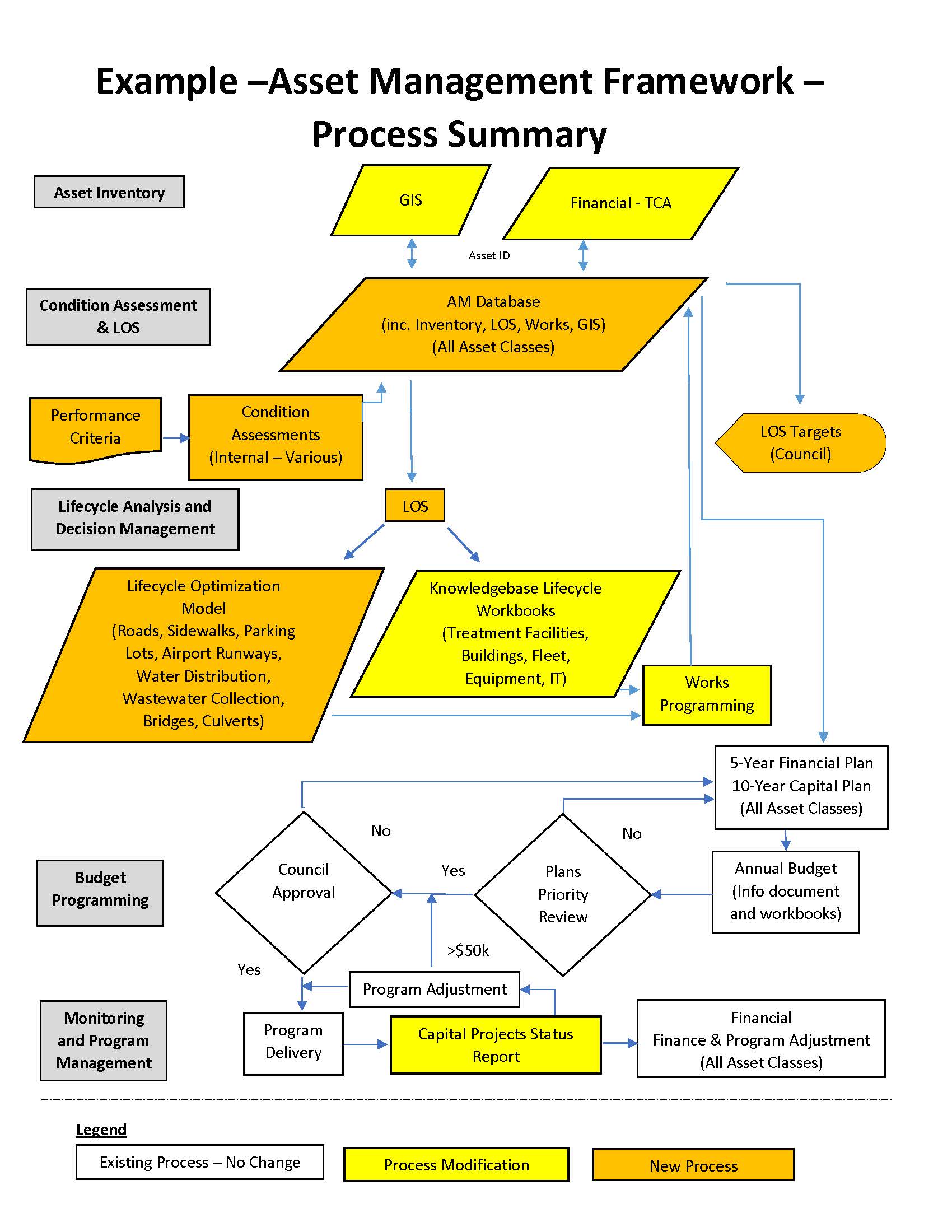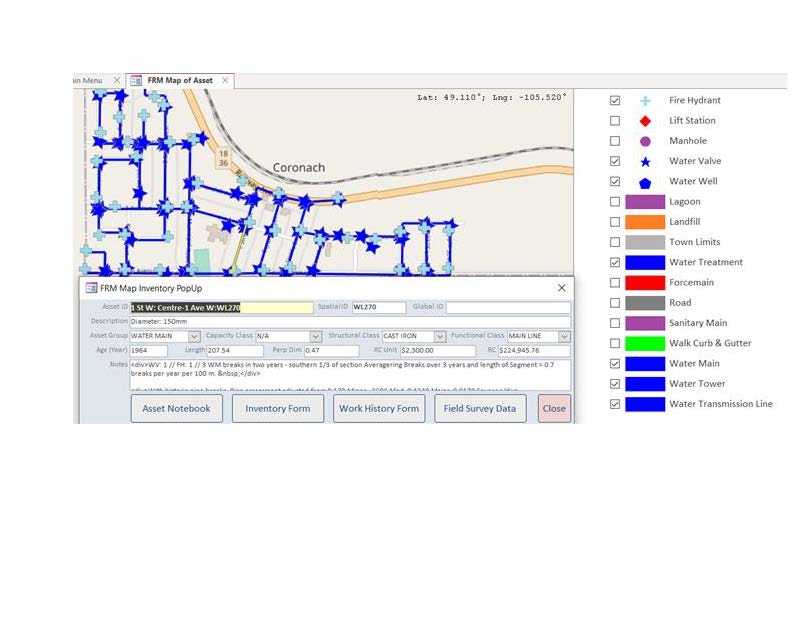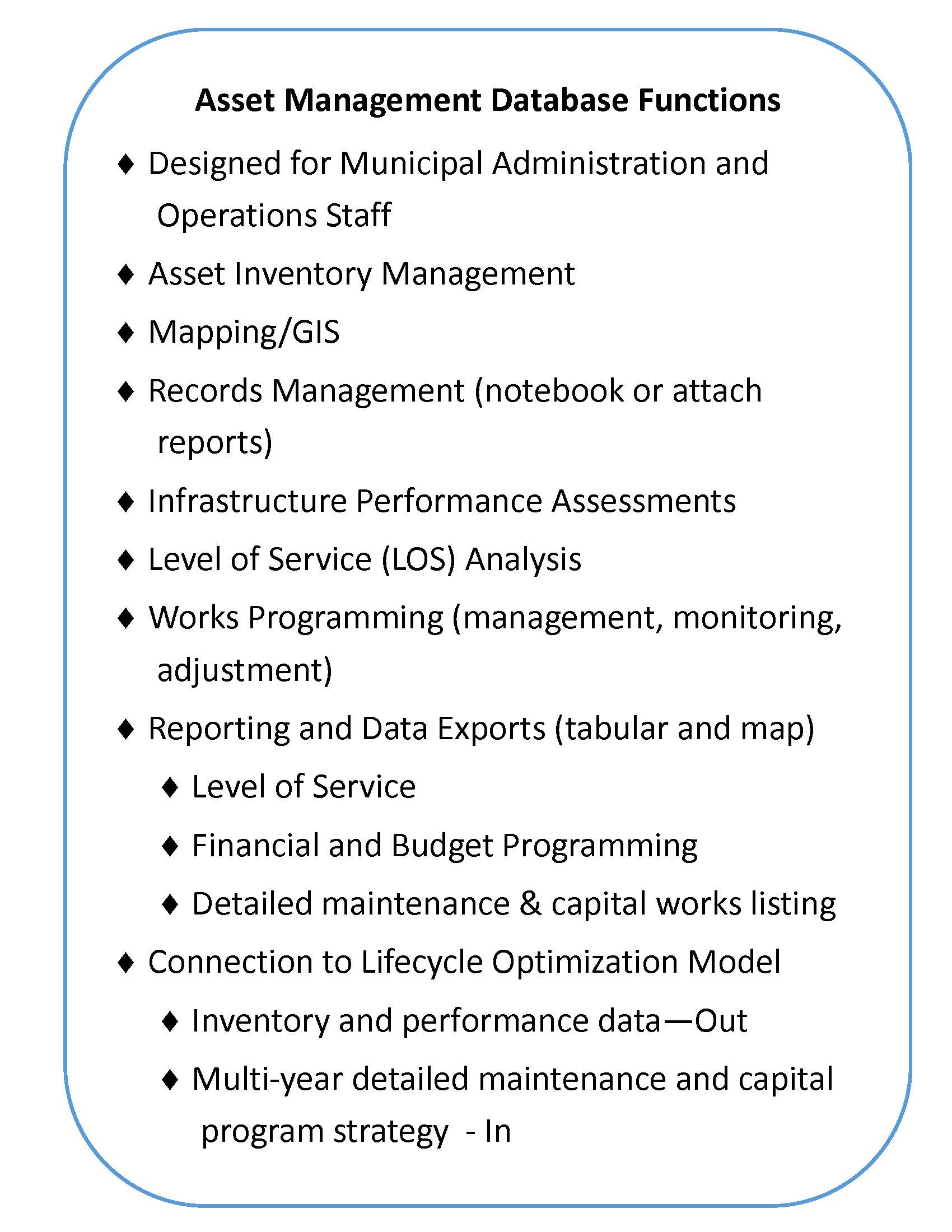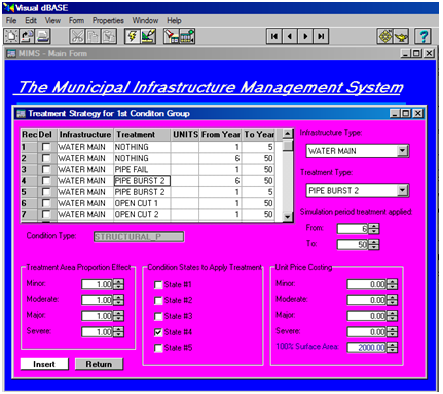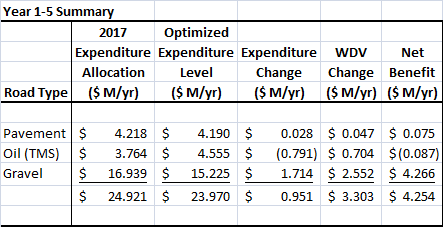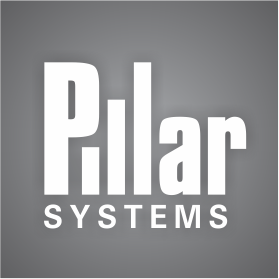Infrastructure Asset Management
| |
Three Elements to Developing your Asset Management Program
- Develop the Strategic Framework - Charting the organizational and process flow
- Implement the Asset Management Program - Pulling together processes, systems, data, and analysis
- Sustain and Manage the Asset Management Program - Ongoing administration and operations
| |


